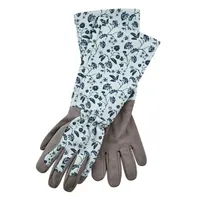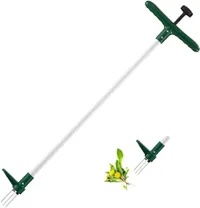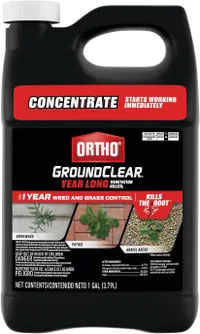How to remove weeds from gravel – 4 expert-approved methods to tackle this tricky to maintain spot
Gravel gardens are a great low-maintenance landscaping idea, but you'll want to know how to keep weeds at bay
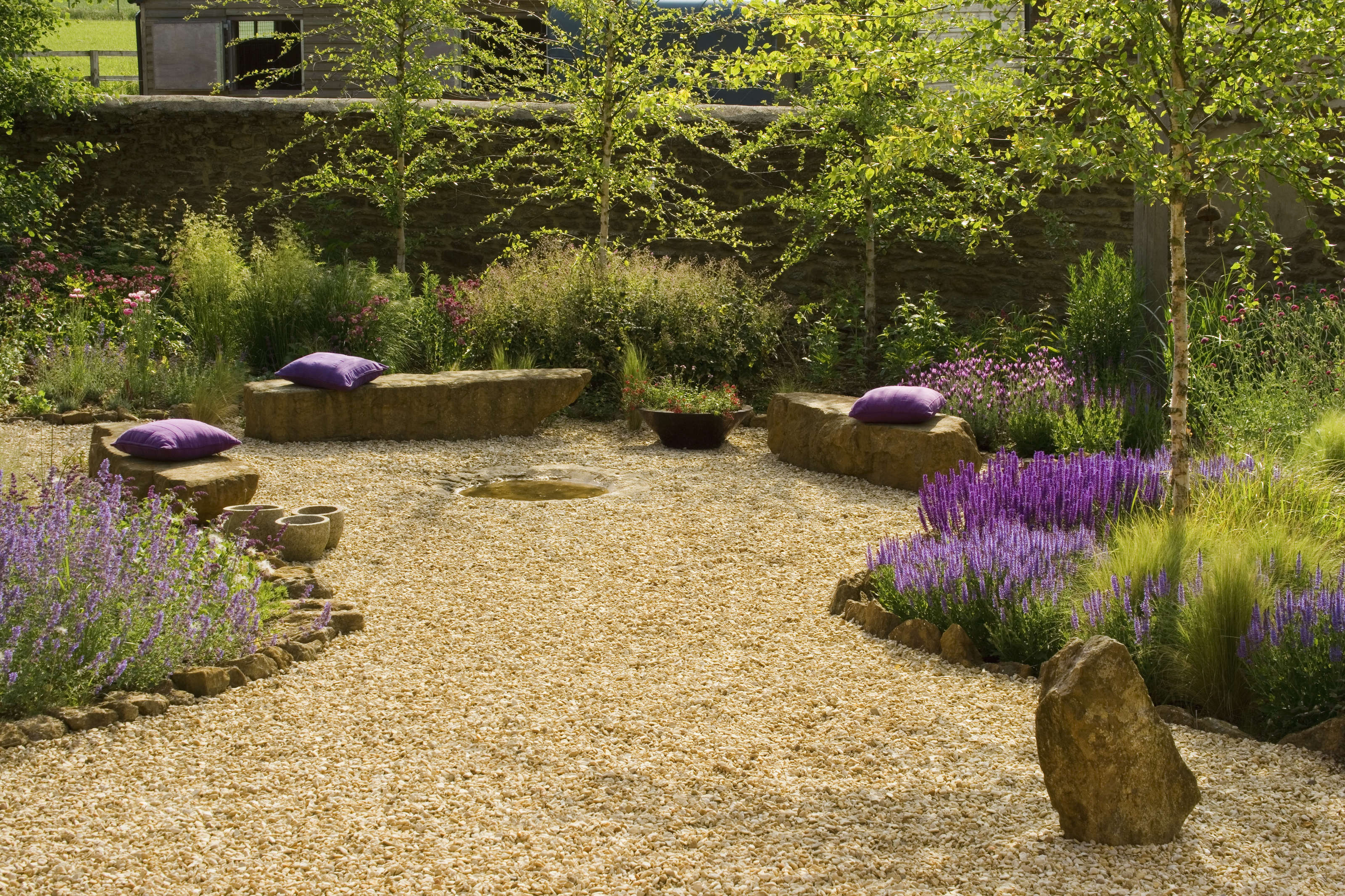

Gravel gardens are one of the best options for your backyard. Stylish, modern, and low-maintenance, it's clear why they're such a popular landscaping choice. But, convenient though they may be, weeds can still cause a nuisance.
Removing weeds from your modern garden - be it your lawn, patio, or pathway - is difficult enough at the best of times, but gravel poses an added layer of difficulties. 'The loose texture and porous nature make it particularly difficult to keep weeds at bay,' says Zahid Adnan of The Plant Bible. 'However, with the right techniques and a proactive approach, you can maintain a weed-free gravel area that enhances the beauty of your landscape.'
To help you keep your gravelled areas weed free, we spoke with some gardening experts to learn their top tips on how to remove unwanted plants from this troublesome spot. Here's what they had to say.
How to remove weeds from gravel

As far as landcaping ideas go, a gravelled area in your outdoor space is one of the more aesthetic options out there - that is, until it becomes riddled with weeds. As the invaders start to crop up between your stones, it can soon turn your tidy shingle into unsightly ground that looks unkept - and that's certainly not the impression you want to send to guests.
Removing them, however, can take a bit more extra effort than you're used to. 'Unlike lawns or patios, gravel lacks a solid soil barrier, allowing weed seeds to reach the soil beneath and establish roots,' explains Zahid Adnan of The Plant Bible.
'Another reason removing weeds from gravel tends to be more difficult than a patio or lawn is because of the nature of the substrate,' explains Gene Caballero, gardening expert and founder of Your Green Pal. 'Gravel is made up of loose stones and pebbles, providing many nooks and crannies that weed seeds can fall into and germinate.' To remove them quickly and effectively, follow one of the four methods below.
1. Pull them out by hand
Good old-fashioned hand-weeding still remains one of the best ways to remove weeds from your backyard, even when it comes to gravel, and the benefit is, you don't need any tools.
The Livingetc newsletters are your inside source for what’s shaping interiors now - and what’s next. Discover trend forecasts, smart style ideas, and curated shopping inspiration that brings design to life. Subscribe today and stay ahead of the curve.
'I've always found simply pulling them out by hand is effective for me,' says Gene. 'It's a bit labor-intensive, sure, but it's also the most direct method. If the infestation isn't too bad, this can be a great way to get rid of weeds while also getting a little outdoor exercise.'
'There's also the advantage that hand pulling is also an environmentally friendly way to remove weeds from gravel,' adds Zahid. 'Just ensure you remove the entire root system to prevent regrowth, and it's crucial to be thorough and consistent with this method if you want to keep the gravel area weed-free.'
Floral Gardening Gloves, Walmart
If you're pulling weeds by hand, you'll need some protection. These gardening gloves from Walmart have sturdy synthetic leather on the palms and fingertips help to protect your hands while you work, while the elbow-length gauntlet cuffs protect your forearms. We love pretty pattern best of all. Who said gardening couldn't be stylish?
2. Use a garden knife or weeder tool

Getting down on your hands and knees isn't easy for everyone, and if you're dealing with lots of weeds across a large area, you'll need a more savvy method. In such cases, a simple tool to get rid of weeds such as a hoe or a specially designed weeder is the best course of action.
'If you're dealing with more stubborn weeds or larger infestations, a garden knife or weeding tool can be your best friend,' says Gene. 'These tools can help you pry out the root systems of tougher weeds, making the job a bit easier.'
That being said, these tools won't be successful with all weeds. There's no guarantee that the tool won't just cut the top of the plant rather than remove it by the root, in which case it will quickly grow back. If you're finding this an issue, you might want to consider embracing a ground cover to prevent weeds such as stone crop, a type of small succulent that will happily thrive on gravelled area that receive lots of sun.
This long-handled weeder tool lets you uproot the weeds without having to bend over or go down to your knees. The foot pedal lets you put enough force on the gardening weed extractor to penetrate the ground and grab the whole weed, including the roots, so it doesn’t grow back.
3. Try boiling water
There's no escaping the fact that both the methods above are tedious and time-consuming. If you're looking for a much quicker way of killing unwanted plants on your gravelled patio in one go, you could try pouring boiling water over your weed-infested area.
'I've found pouring boiling water directly onto the weeds can work wonders,' says Gene. 'It's an effective and organic approach that kills off most weeds without introducing harmful chemicals into your yard. However, a word of caution - this method can affect other plants too, so be careful where you pour.'
It's also worth bearing in mind that this approach is only likely to work on younger, less established weeds. Boiling water will only kill the leafy part of the weed you see above ground and will cause little to no damage to the roots themselves. Another home remedy is the use of vinegar instead of boiling water, but you may also find this method only has similarly limited results. We'd suggest using this technique during spring to keep young shoots at bay.
4. Weedkiller
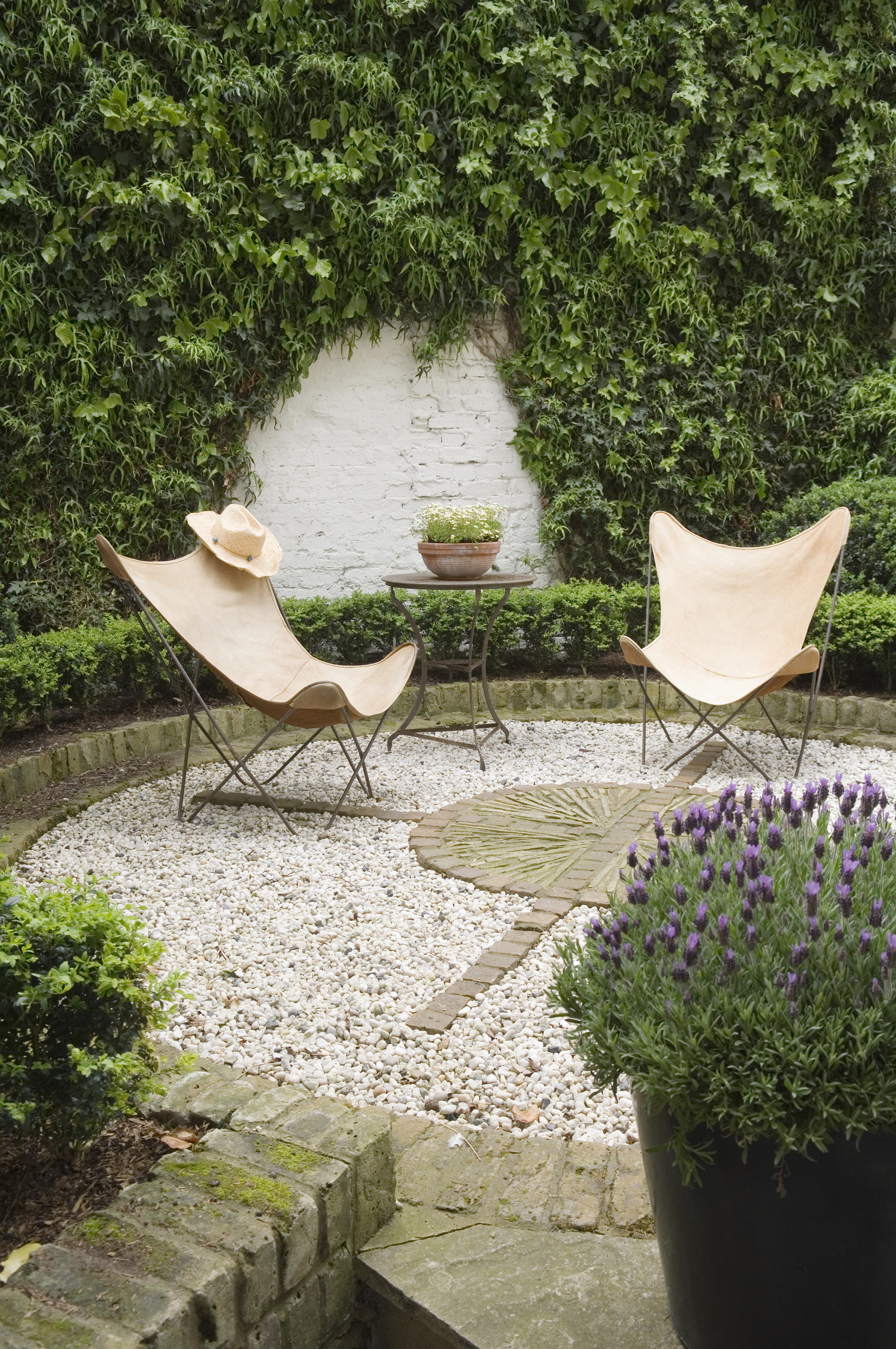
As a last resort, you might want to cave into buying a weedkiller. The harsh chemicals in herbicides can be harmful to surrounding plants and wildlife, but it's probabaly the quickest and most effective way to banish weeds in one go.
Weedkillers should only be used in controlled environments, and it's important to dilute the solution if it's concentrated. As Gene emphasizes: 'Always remember to use these products according to the instructions, and take necessary safety precautions.'
'You should also be aware that weedkillers can be more challenging in gravel areas,' he adds. 'In lawns or patios, you can directly apply the weed killer to the weed itself, however, in a gravel area, the weed killer can easily be washed away by rain or even absorbed by the gravel, reducing its effectiveness.'
Perfect for driveways and patios, Ortho GroundClear weed killer is a concentrate formula that kills weeds and prevents any re-growth for up to 1 year with a single application. The fast-acting formula starts working immediately, starting to kill weeds and grasses in just three hours
What preventative measures are there for weeds in gravel?
The best way to avoid weeds in your gravel is to prevent them appearing in the first place. One of the best ways to do this? Landscape fabric. 'If you're starting a new gravel area or willing to redo your current one, this fabric can act as a barrier, preventing weed seeds from reaching the soil and growing,' says Gene. Simply lay the coarse material over the area before covering with the stones.

Lilith Hudson is a freelance writer and regular contributor to Livingetc. She holds an MA in Magazine Journalism from City, University of London, and has written for various titles including Homes & Gardens, House Beautiful, Advnture, the Saturday Times Magazine, Evening Standard, DJ Mag, Metro, and The Simple Things Magazine.
Prior to going freelance, Lilith was the News and Trends Editor at Livingetc. It was a role that helped her develop a keen eye for spotting all the latest micro-trends, interior hacks, and viral decor must-haves you need in your home. With a constant ear to the ground on the design scene, she's ahead of the curve when it comes to the latest color that's sweeping interiors or the hot new style to decorate our homes.
